Serpenti
An icon of infinite transformation, crafted with mastery and reinvented many times over since 1948.
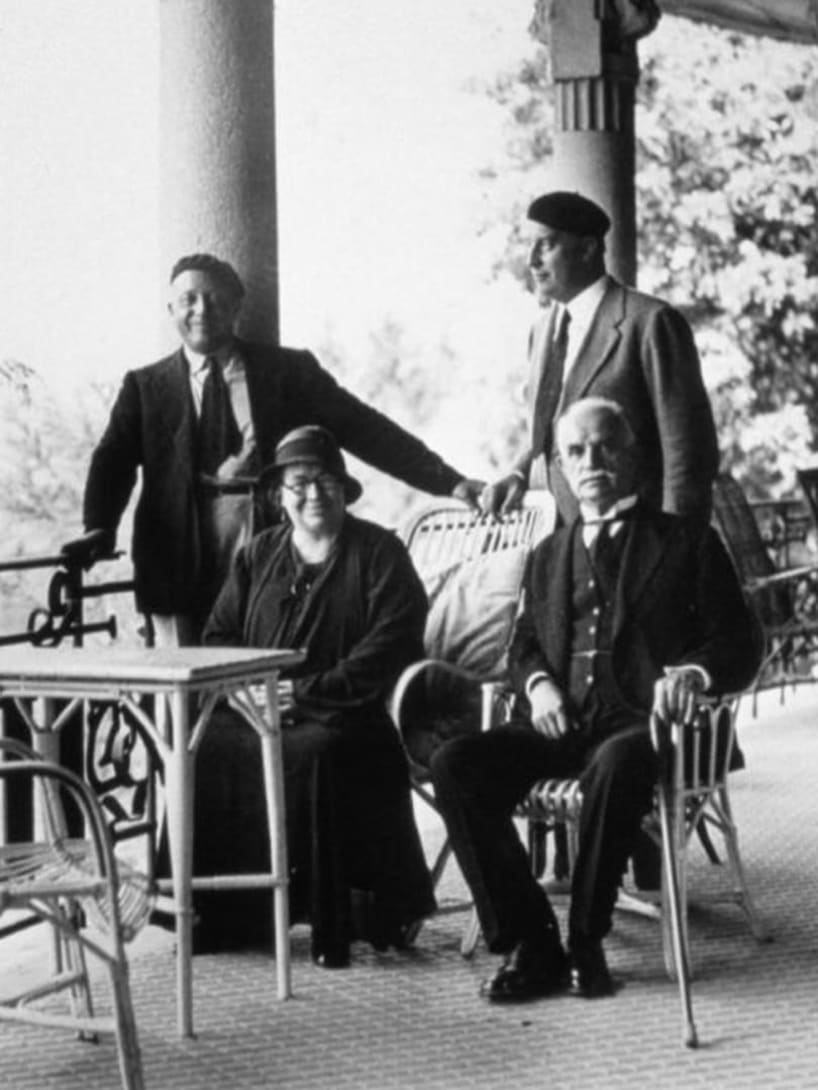
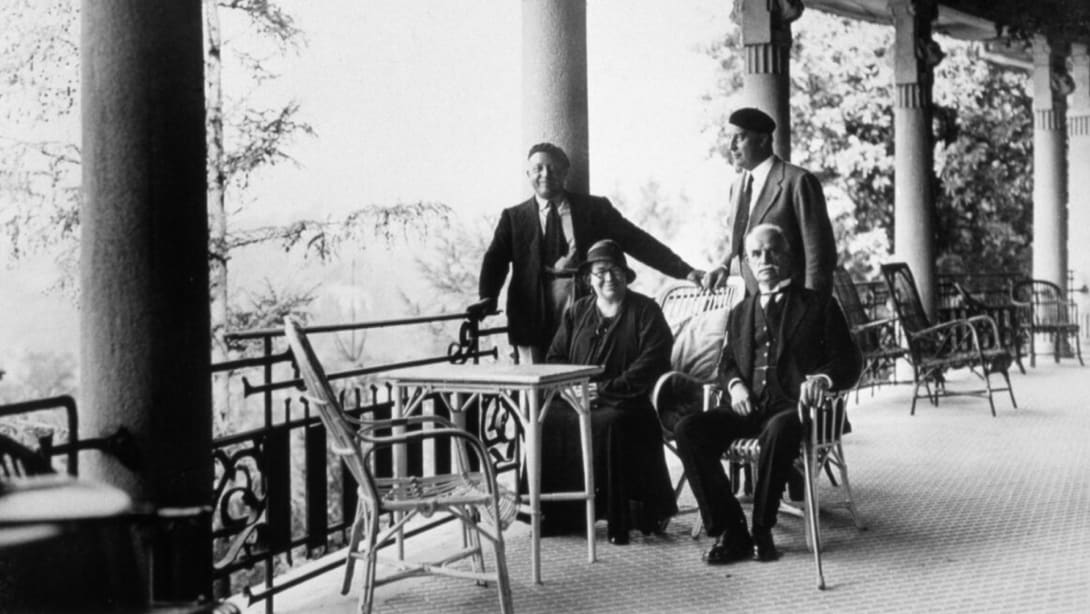

The 1930s heralded a poignant chapter in Bvlgari's history, marked initially by the passing of the visionary founder Sotirio in 1932. His legacy, however, continued to thrive under the stewardship of Giorgio and Costantino, starting with the significant transformation of the Via dei Condotti boutique.
In fact, it was during this period that the iconic “BVLGARI” logo - featuring the distinctive “V” inspired by ancient Roman inscriptions - was introduced, forever connecting the Maison's identity with its Roman roots.
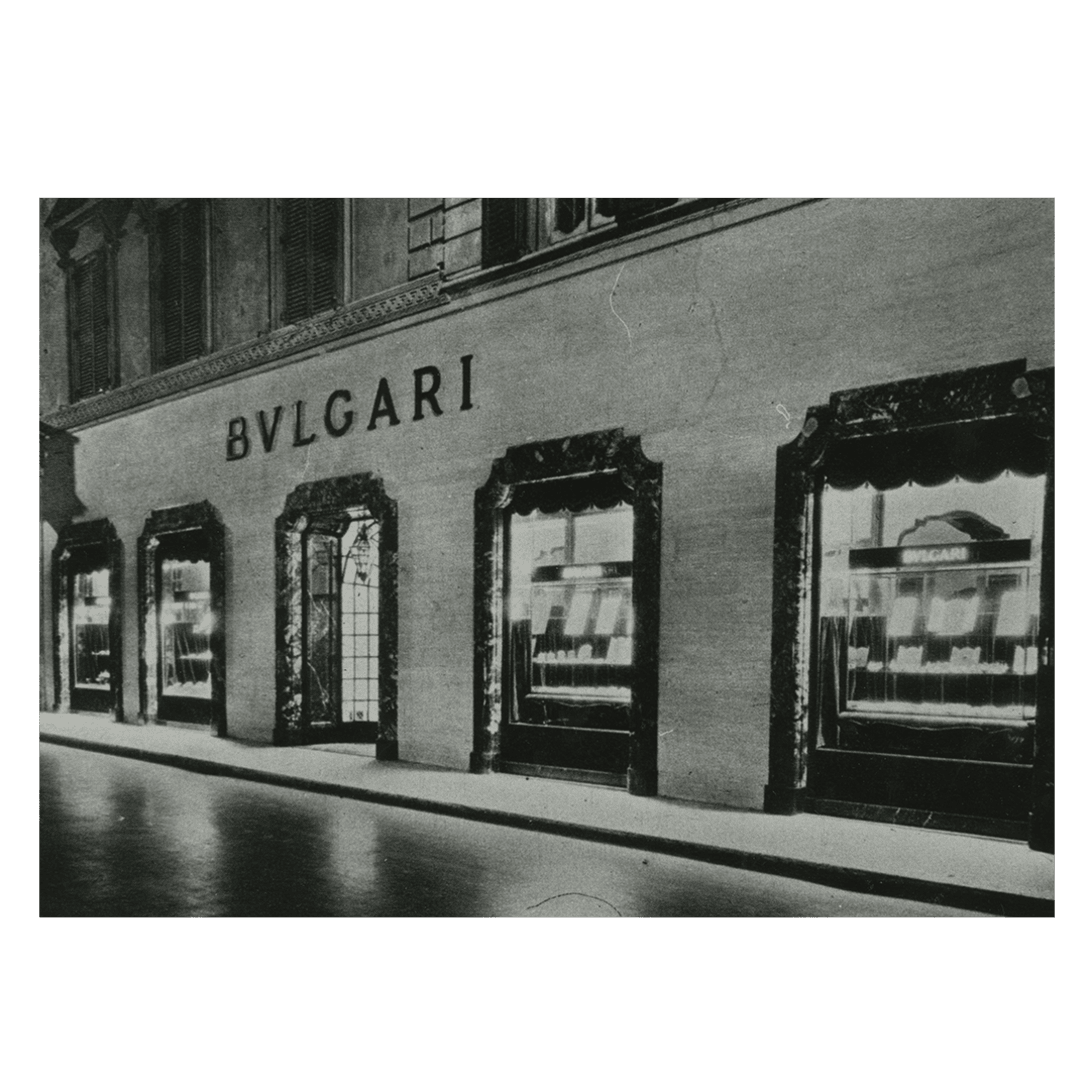





This decade also saw creativity flourish. The manufacturing headquarters, situated above the Condotti store, became a hub of artistic innovation. The jewelry designs of that period were composed of a series of geometric elements: repetitions of chain, nut, and bolt motifs were flanked by stylized buckles and straps inspired by the booming machine age and mechanical engineering.
The other distinguishing feature of the period was 'convertible' jewelry: double clips could also be worn separately, while some necklaces could be divided into parts, thereby allowing the various pieces to be worn as bracelets, clips, or brooches. The general monochromatic use of diamonds mounted in platinum once again reflected the French influence. The emergence of Bvlgari's signature aesthetics was also impactful: captivating plays of light were achieved by juxtaposing diamonds of different cuts set in different ways.
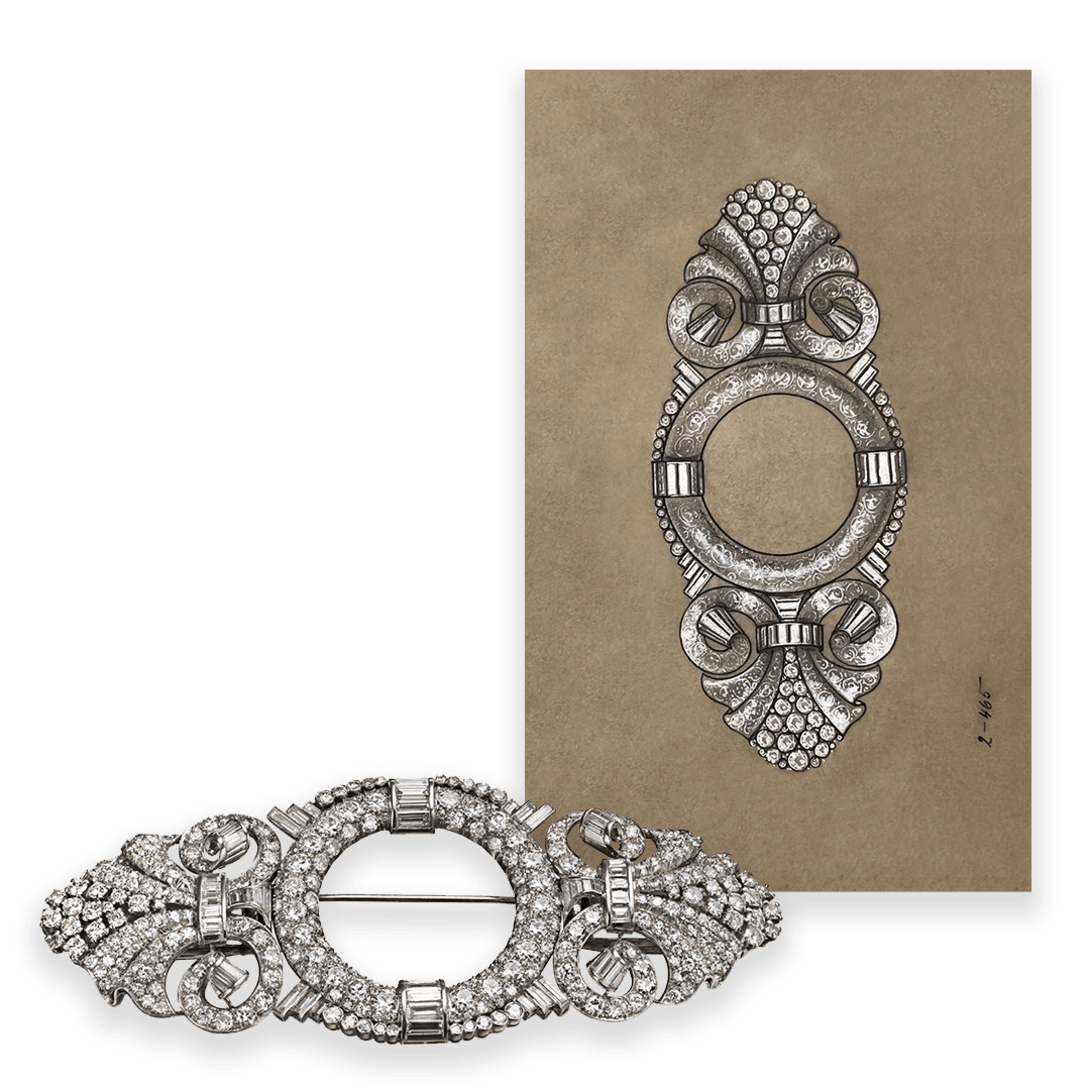


Original drawing for brooch in platinum with diamonds, 1935. ASI



Original drawing for brooch in platinum with diamonds, 1935. ASI



Another motif that distinguishes Bvlgari necklaces of the era was the regular punctuation on the circular elements of large brilliant-cut diamonds, heralding the sumptuous and harmonious volumes of the decades to come.
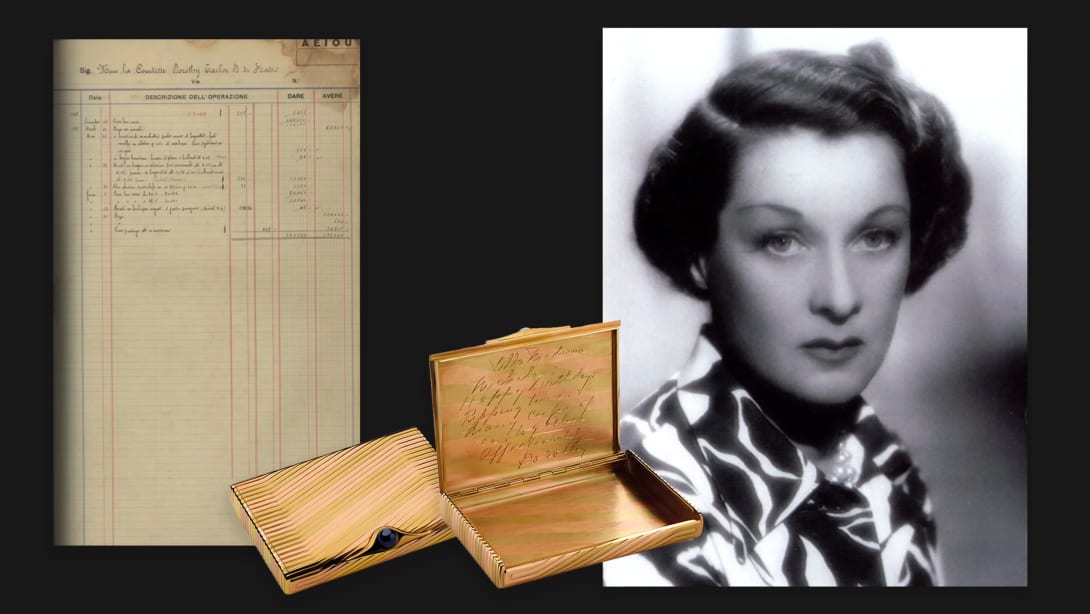


Countess Dorothy di Frasso, Bvlgari's faithful friend and customer, at the beginning of the 1900s. Bvlgari Historical Archives
Countess Dorothy di Frasso, Bvlgari's faithful friend and customer, at the beginning of the 1900s. Bvlgari Historical Archives
An icon of infinite transformation, crafted with mastery and reinvented many times over since 1948.
The icon that rewrites the codes of design with an audacious spirit and creative experimentation.
A celebration of timeless elegance and joyful femininity captured by an iconic, universal motif.
Its sinuous twists of gold and versatile design make it an icon of eclectic innovation.
Defined by its iconic octagonal case, it blends a resolutely Italian style and mechanical mastery.